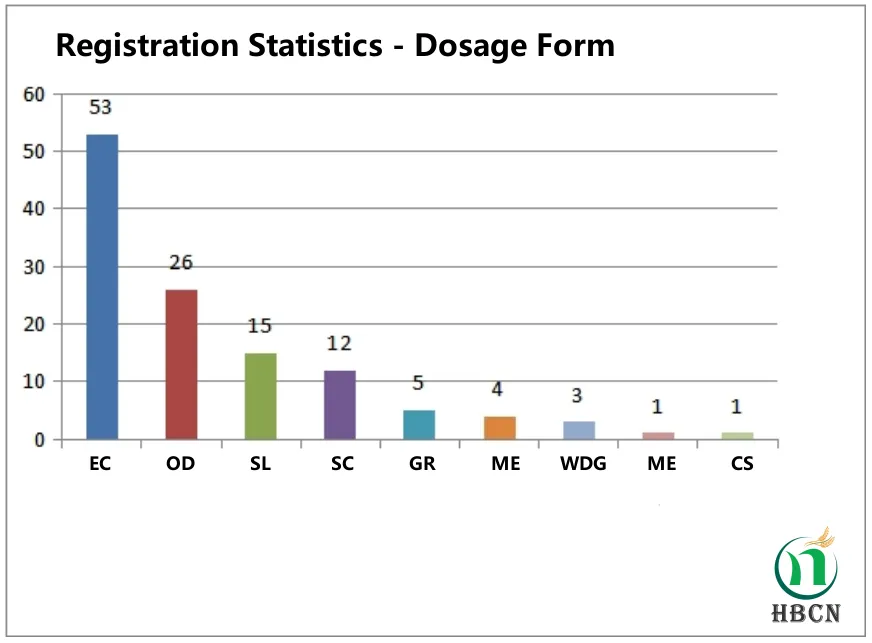
dec . 18, 2024 02:29 Back to list
bifenthrin imidacloprid combination manufacturer
Understanding the Bifenthrin and Imidacloprid Combination A Comprehensive Overview
In the world of pest control, the combination of bifenthrin and imidacloprid has emerged as a powerful tool for managing a wide variety of pests. Both of these substances serve different yet complementary purposes, making their combination effective in various agricultural and residential applications. This article will delve into the characteristics, benefits, and uses of this combination, as well as considerations regarding its application.
What are Bifenthrin and Imidacloprid?
Bifenthrin is a synthetic pyrethroid, a class of chemicals modeled after the natural insecticide pyrethrin, which is derived from chrysanthemum flowers. It works primarily by affecting the nervous system of insects, leading to paralysis and death. Bifenthrin is particularly effective against a broad spectrum of pests, including ants, termites, and various flying insects, making it popular in both agricultural and residential pest control.
Imidacloprid, on the other hand, is a neonicotinoid, a class of insecticides that targets the insect central nervous system. It disrupts the transmission of nerve impulses by binding to nicotinic acetylcholine receptors, resulting in paralysis and eventual death of the insect. Imidacloprid is effective against sap-sucking insects like aphids, whiteflies, and termites, and is widely used in agriculture as well as in household pest management.
The Benefits of the Combination
Combining bifenthrin and imidacloprid offers several distinct advantages
1. Broad-Spectrum Efficacy The combination targets a wide array of pests that might not be effectively controlled by either chemical alone. This dual-action approach is particularly beneficial in settings where multiple pest species are present.
2. Synergistic Effect When used together, bifenthrin and imidacloprid can enhance each other’s effectiveness. This allows for lower application rates compared to using each chemical individually, resulting in reduced overall chemical usage while maintaining efficacy.
3. Rapid Knockdown and Residual Control Bifenthrin provides a quick knockdown effect, which means pests are eliminated quickly upon contact. Meanwhile, imidacloprid offers long-lasting control, ensuring that pests do not return shortly after application.
4. Resistance Management Pests can develop resistance to pesticides over time. Using a combination of different modes of action can help reduce the likelihood of resistance developing, which is critical for sustainable pest management.
Applications of the Combination
bifenthrin imidacloprid combination manufacturer

The bifenthrin and imidacloprid combination is utilized in various settings
- Agriculture Farmers employ this combination to manage pests threatening crop yields. It can be used on a variety of crops, providing effective control over both chewing and sucking insects.
- Residential Pest Control Homeowners use products containing this combination to manage household pests such as ants, roaches, and termites. The combination allows for effective treatment of existing infestations while also providing a barrier to prevent future invasions.
- Public Health In urban pest management, particularly related to mosquito control, this combination can help reduce vector populations and the diseases they carry.
Considerations for Use
While the bifenthrin and imidacloprid combination is effective, it is essential to consider application guidelines to maximize benefits and minimize risks
- Follow Label Directions Always read and follow the manufacturer's instructions regarding dosage, application methods, and safety precautions.
- Environmental Impact Be mindful of the potential environmental impacts, particularly related to beneficial insects. Integrated Pest Management (IPM) strategies should be employed to mitigate negative effects on non-target organisms.
- Safety Precautions Personal protective equipment should be worn during application to minimize exposure.
Conclusion
The combination of bifenthrin and imidacloprid offers a robust solution for pest management, effectively targeting a wide range of insect pests while addressing concerns about resistance and environmental safety. By understanding the benefits and applications of this combination, users can make informed decisions about its use in both agricultural and residential contexts. Continued research and responsible management practices will ensure that this combination remains a valuable tool in the fight against pests.
-
Dicamba Herbicide for Creeping Charlie – Effective & Selective Weed Control Solution
NewsJun.10,2025
-
Premium Penthiopyrad Fungicide for Effective Crop Protection Compare with Carbendazim & Copper Fungicides
NewsJun.10,2025
-
Top Products Containing Bifenthrin Effective Insecticide Solutions
NewsJun.10,2025
-
Powerful Lambda Cyhalothrin & Emamectin Benzoate Insecticide
NewsJun.10,2025
-
Emamectin Benzoate 5% Wholesale Supplier - Premium Quality
NewsJun.10,2025
-
Indoxacarb PubChem Key Pesticide Properties & Benefits
NewsJun.09,2025
